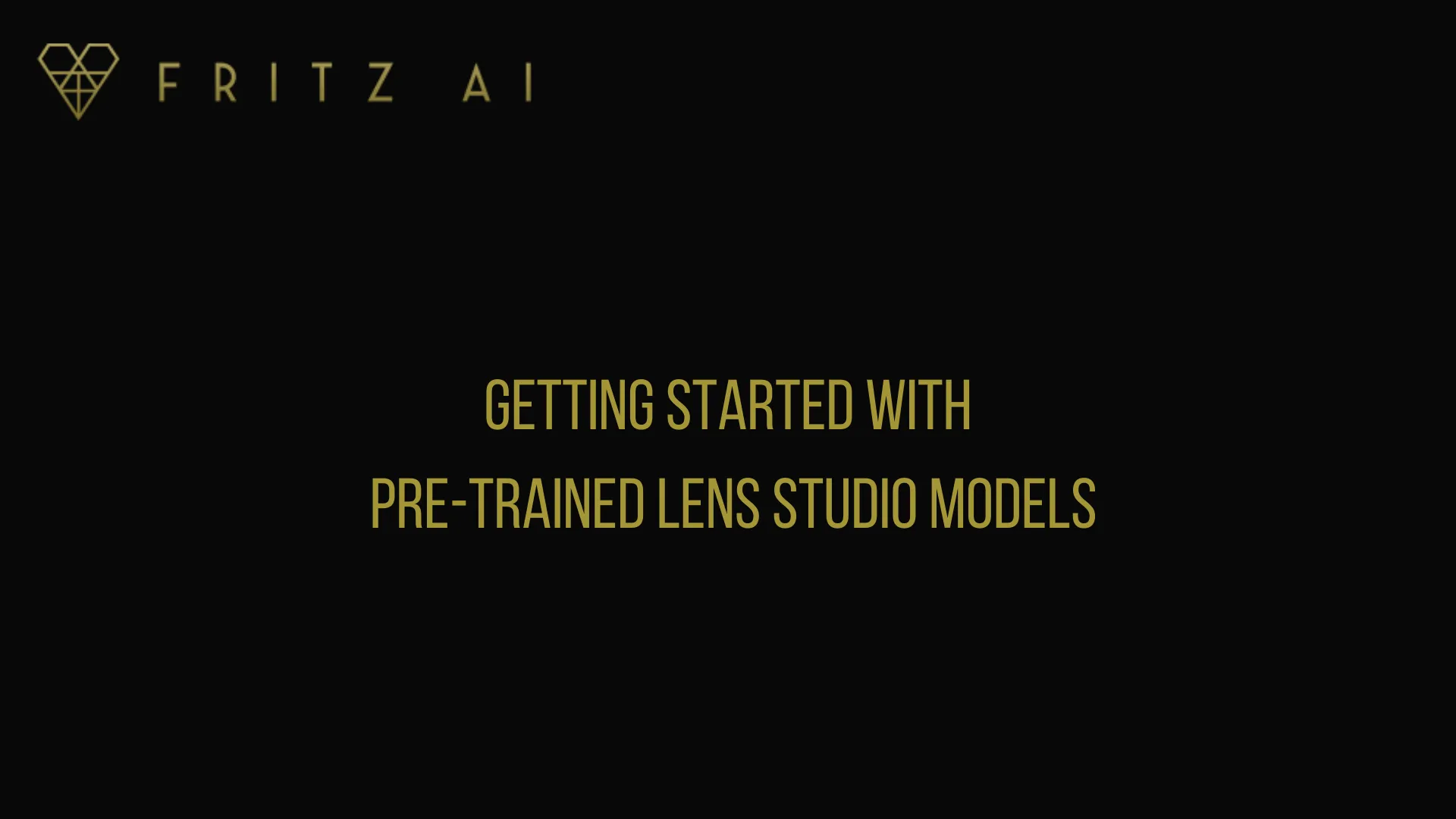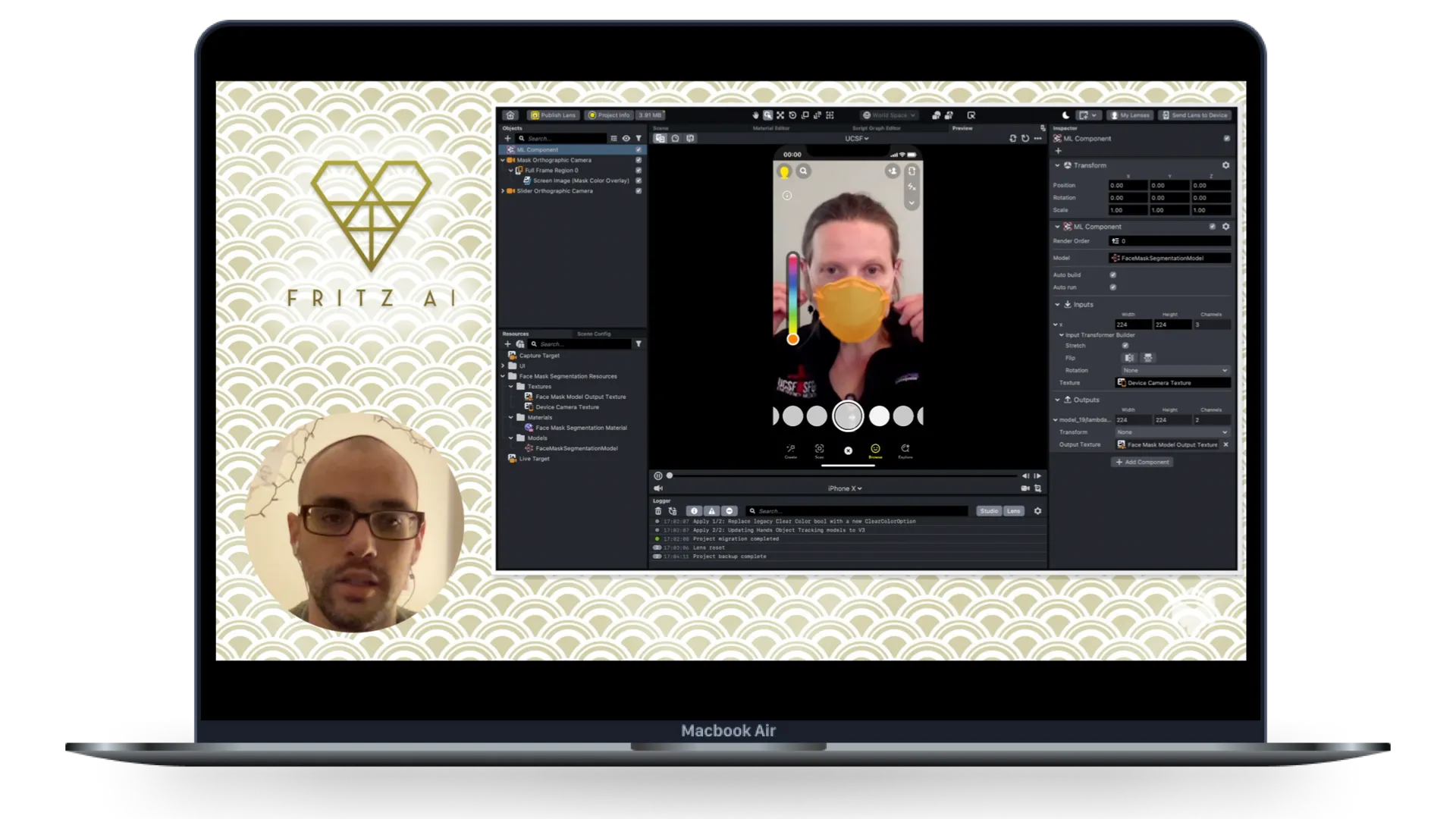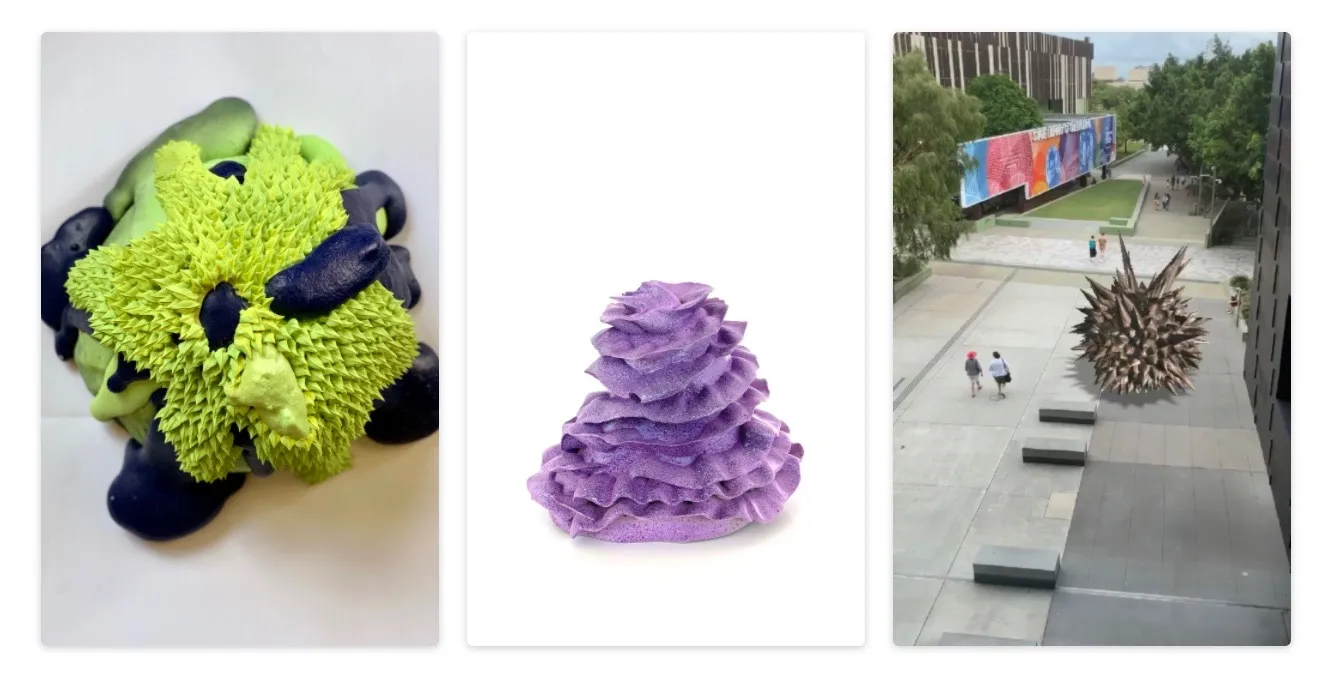Below is the transcript for the above video explaining the step-by-step process of downloading Fritz AI pre-trained models and opening them in Lens Studio.
“Hey everyone, my name is Emilie and I’m the content manager for Heartbeat here at Fritz AI. Today I’m going to show you just how easy it is to create a Lens Studio profile and open one of our many pre-trained SnapML models.
Continue reading “How to Load Fritz AI’s Pre-Trained Models into Lens Studio”








